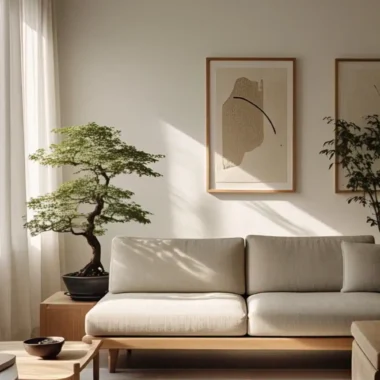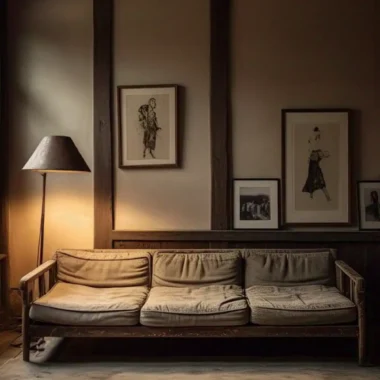In a world driven by speed, perfection, and digital overwhelm, the soul longs for stillness. Enter Wabi-Sabi, a home decor philosophy that captures the raw, unpolished beauty of simplicity. It’s not about trend-following or picture-perfect interiors. It’s about feeling, honoring nature, and allowing imperfections to breathe meaning into your space.
This article will walk you through the soulful elegance of Wabi-Sabi home decor, inspired by the quiet philosophy of Japanese design. We’ll cover essential elements that define this aesthetic — from natural materials to handmade objects — and show you how to craft a tranquil, authentic sanctuary that nurtures your spirit.
Let’s begin your journey toward beauty that’s imperfect, impermanent, and deeply human.
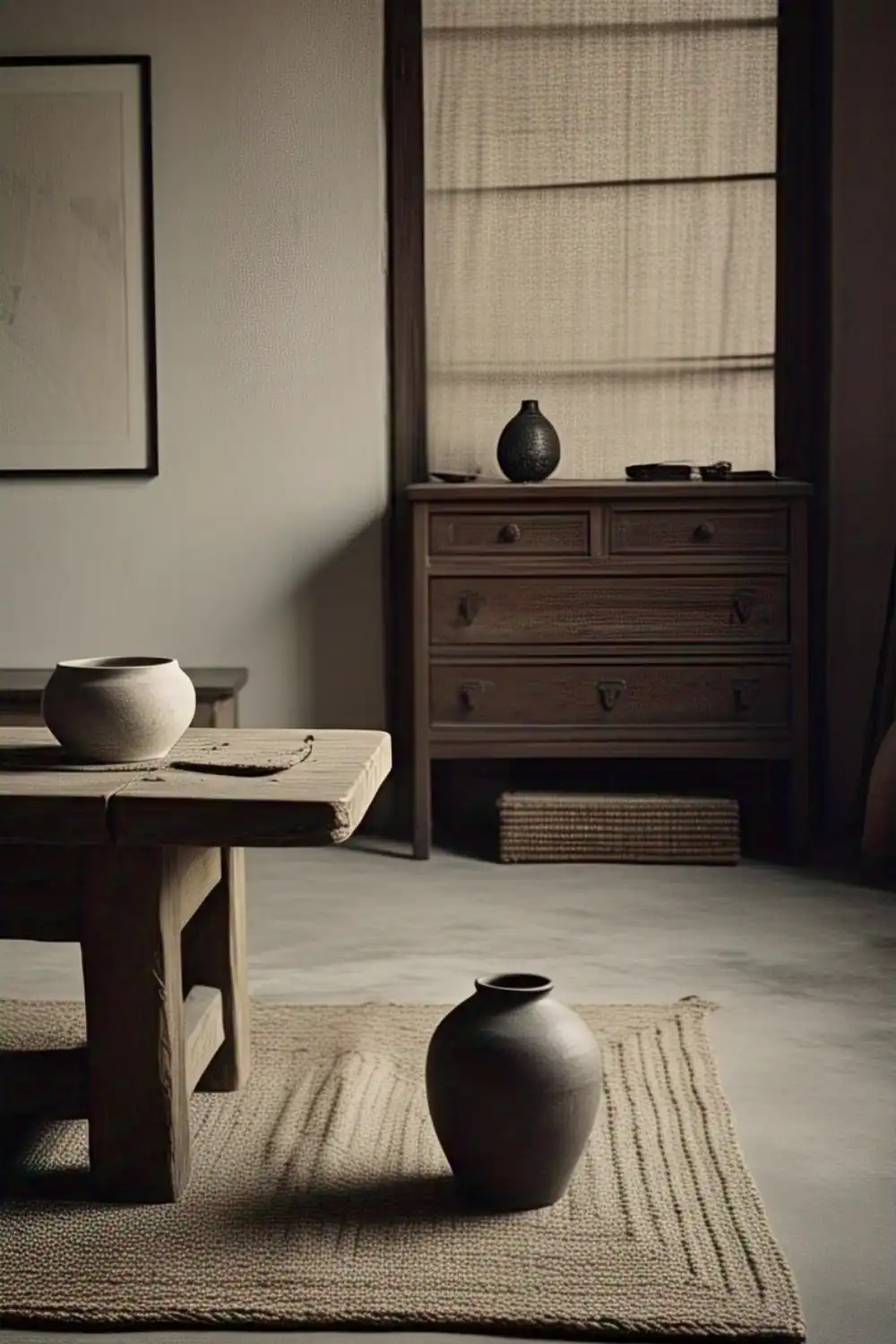
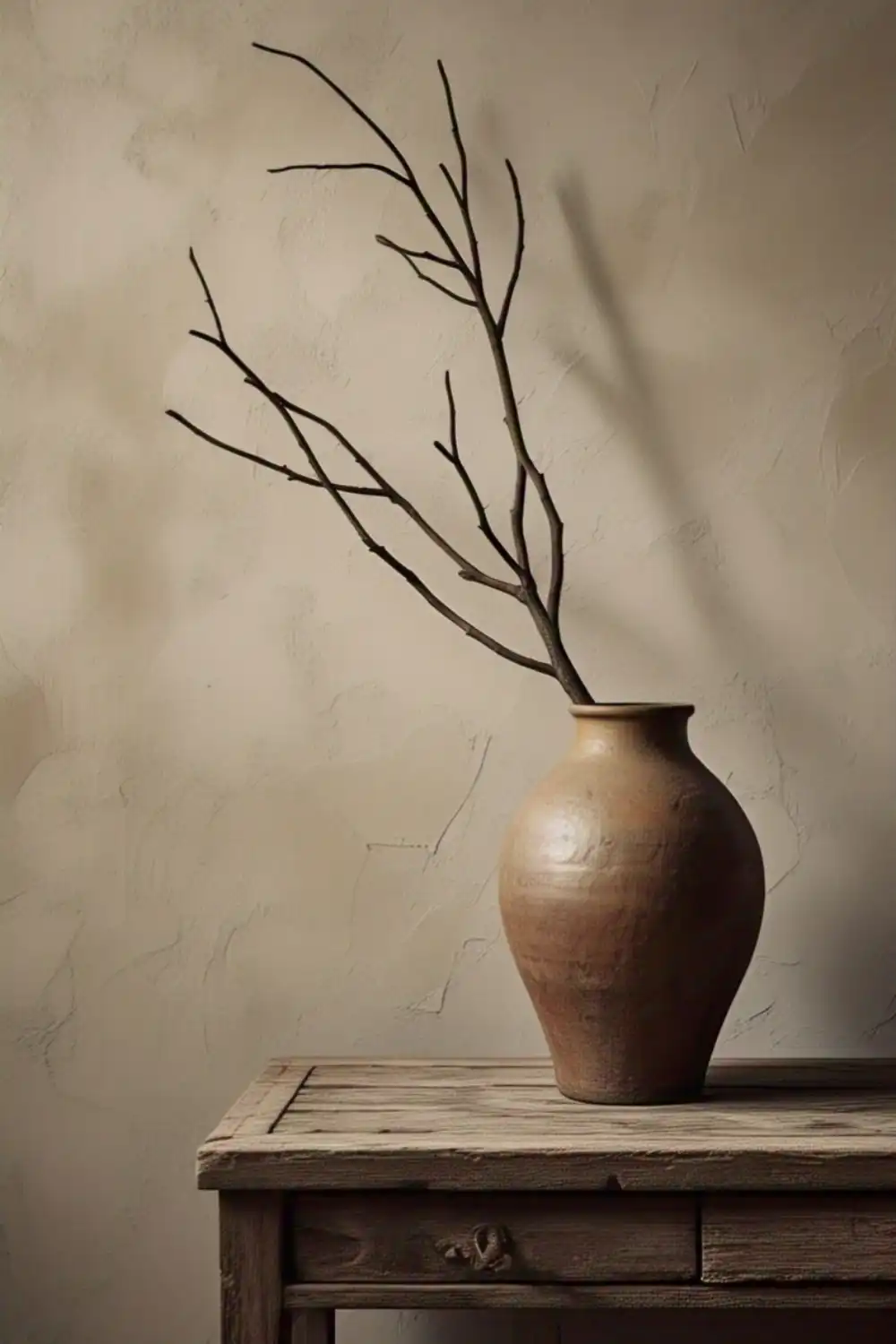
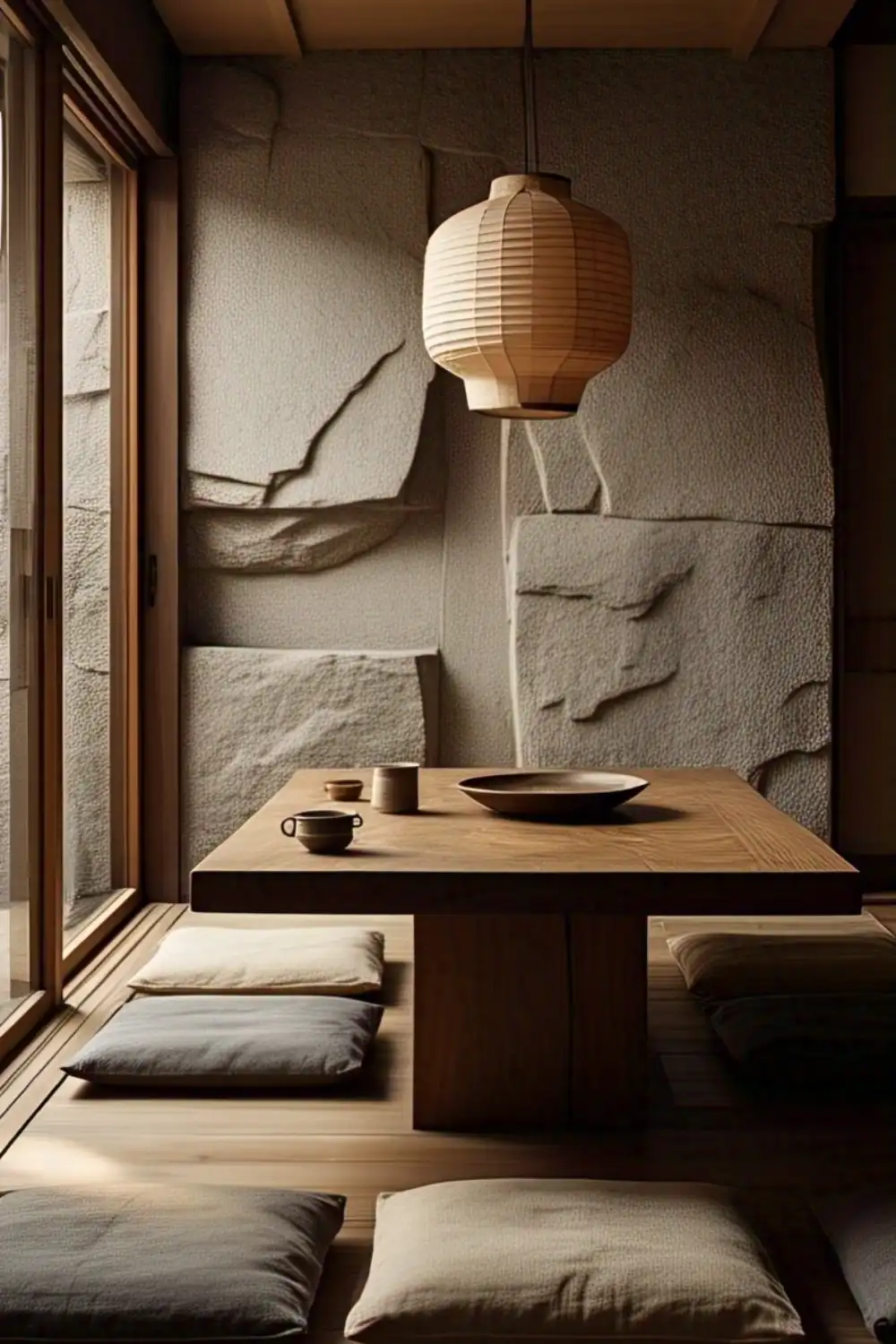
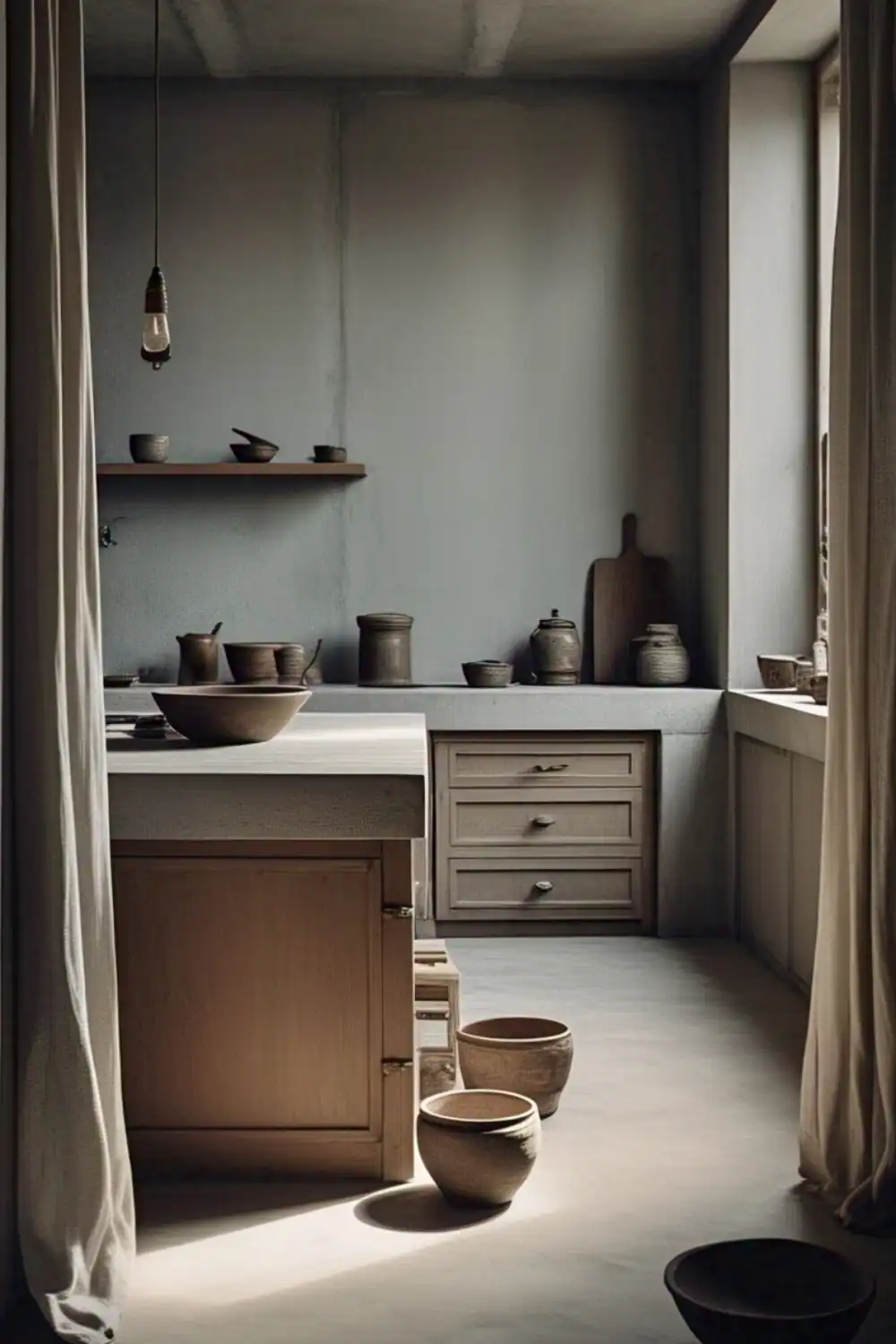


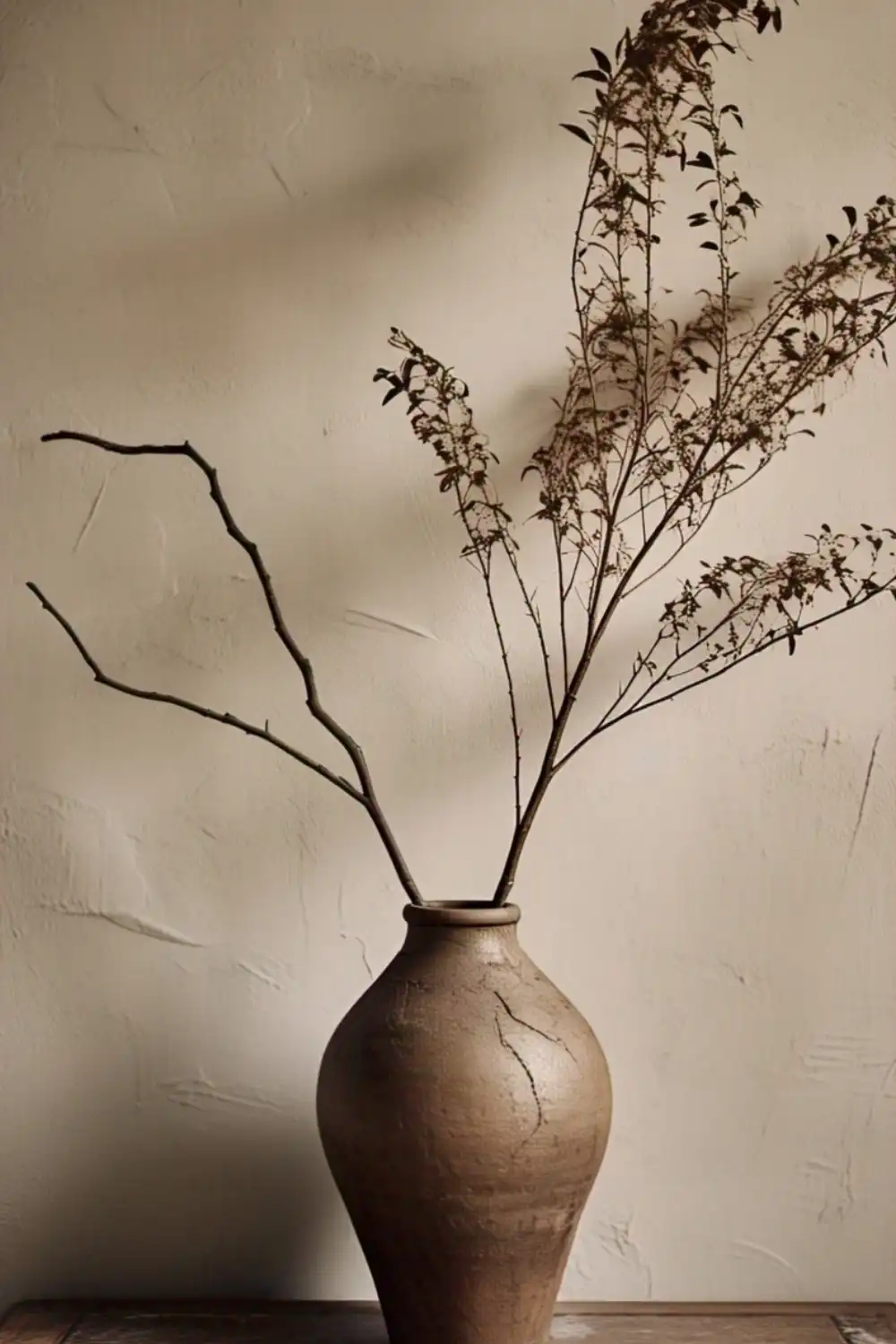
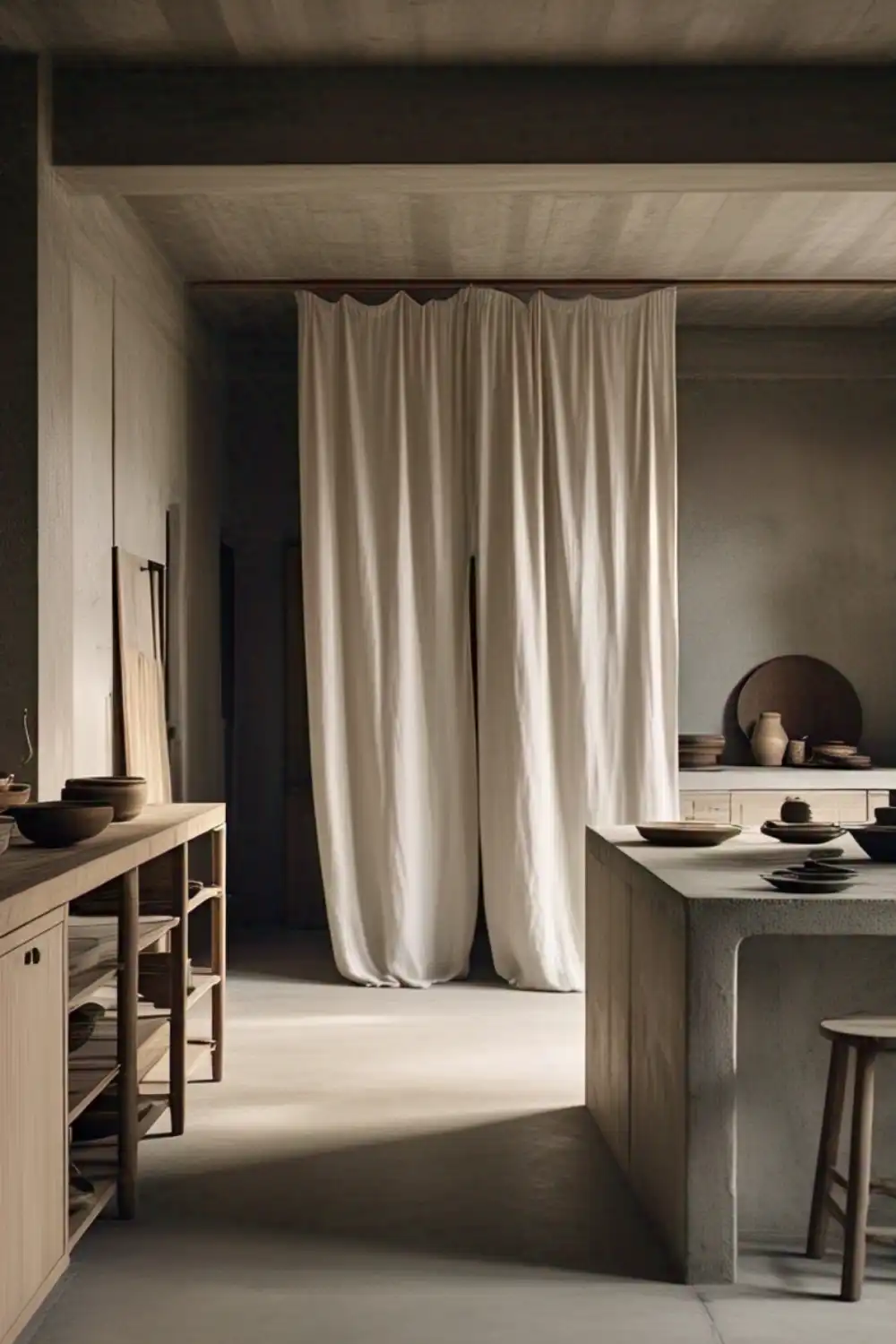

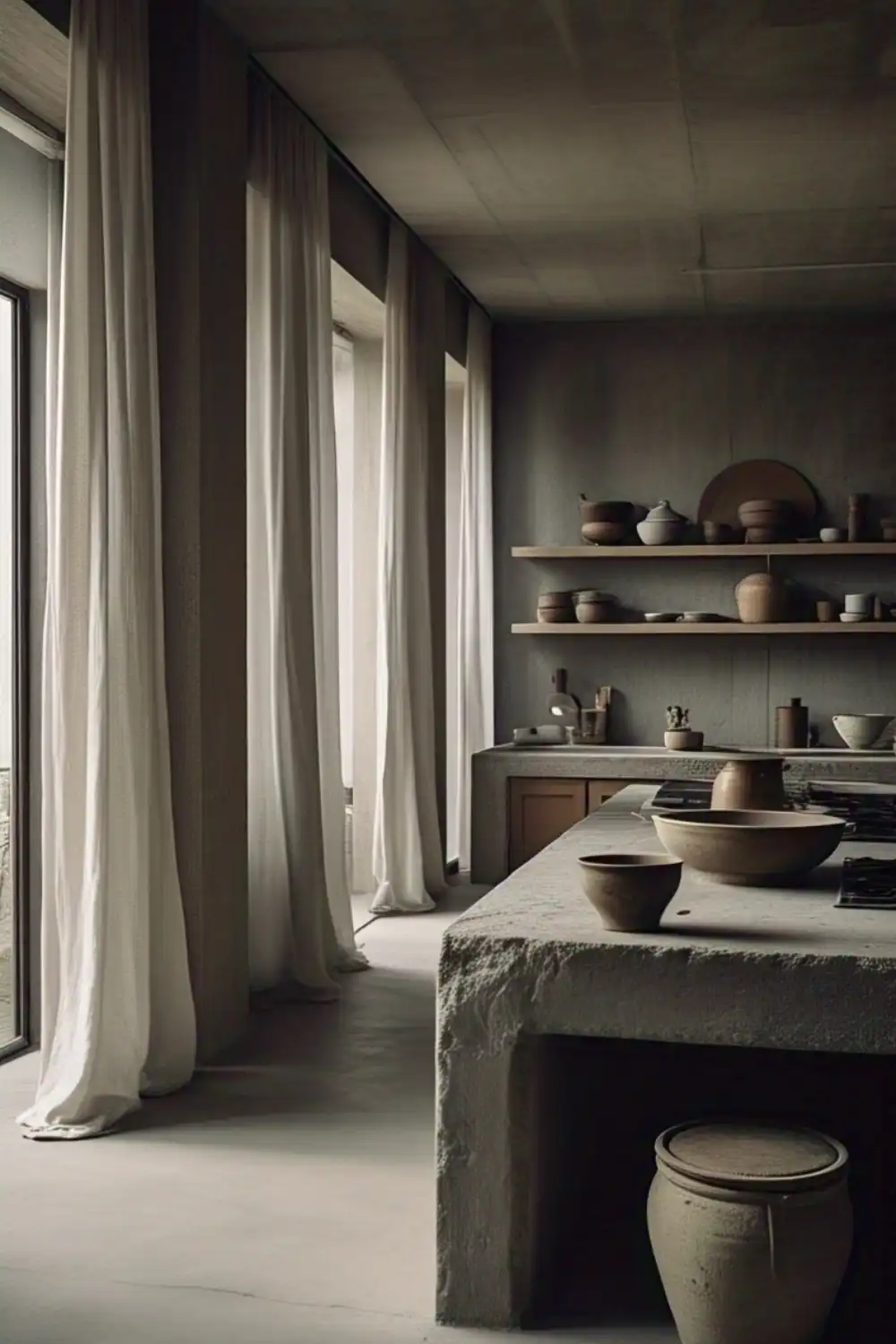

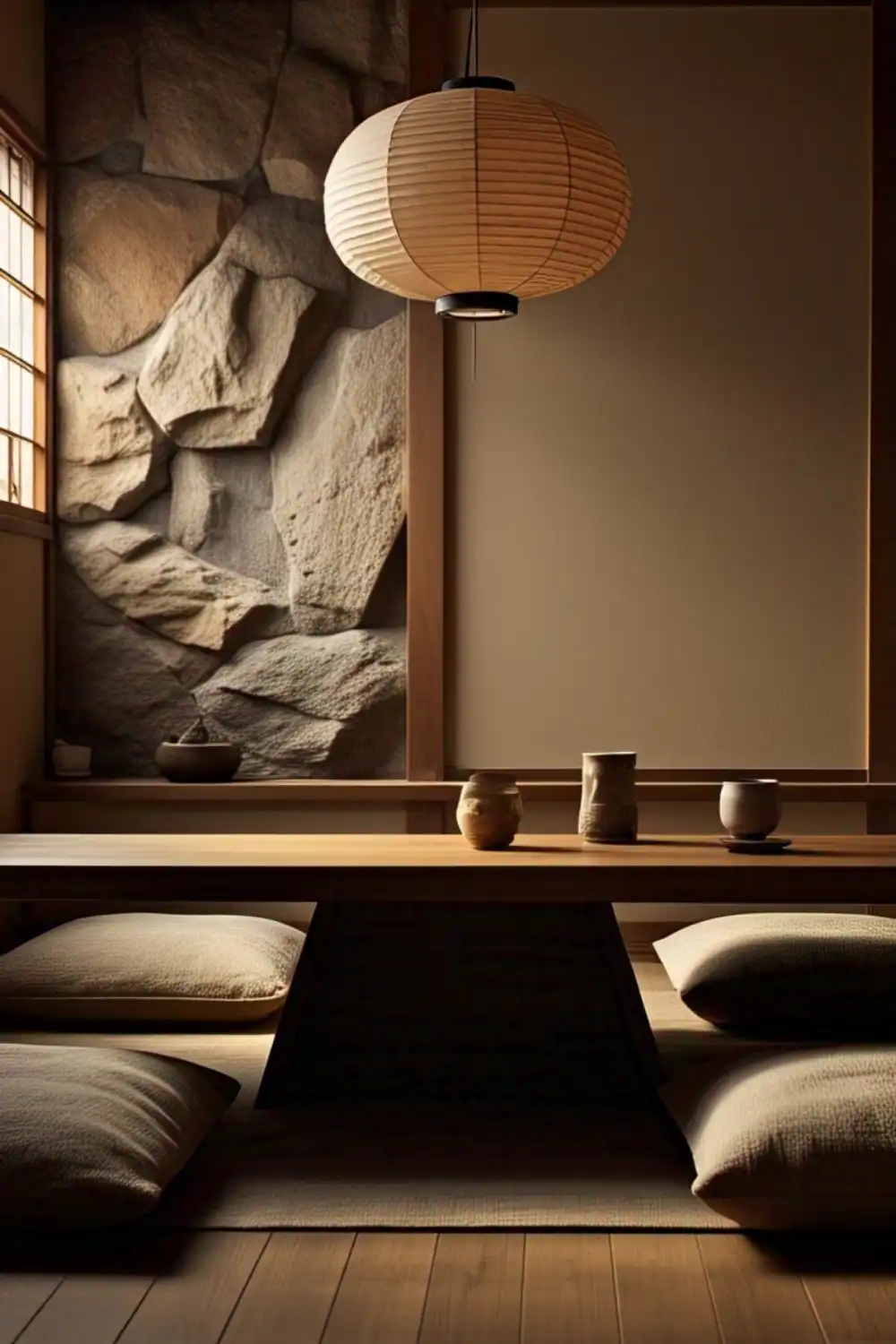
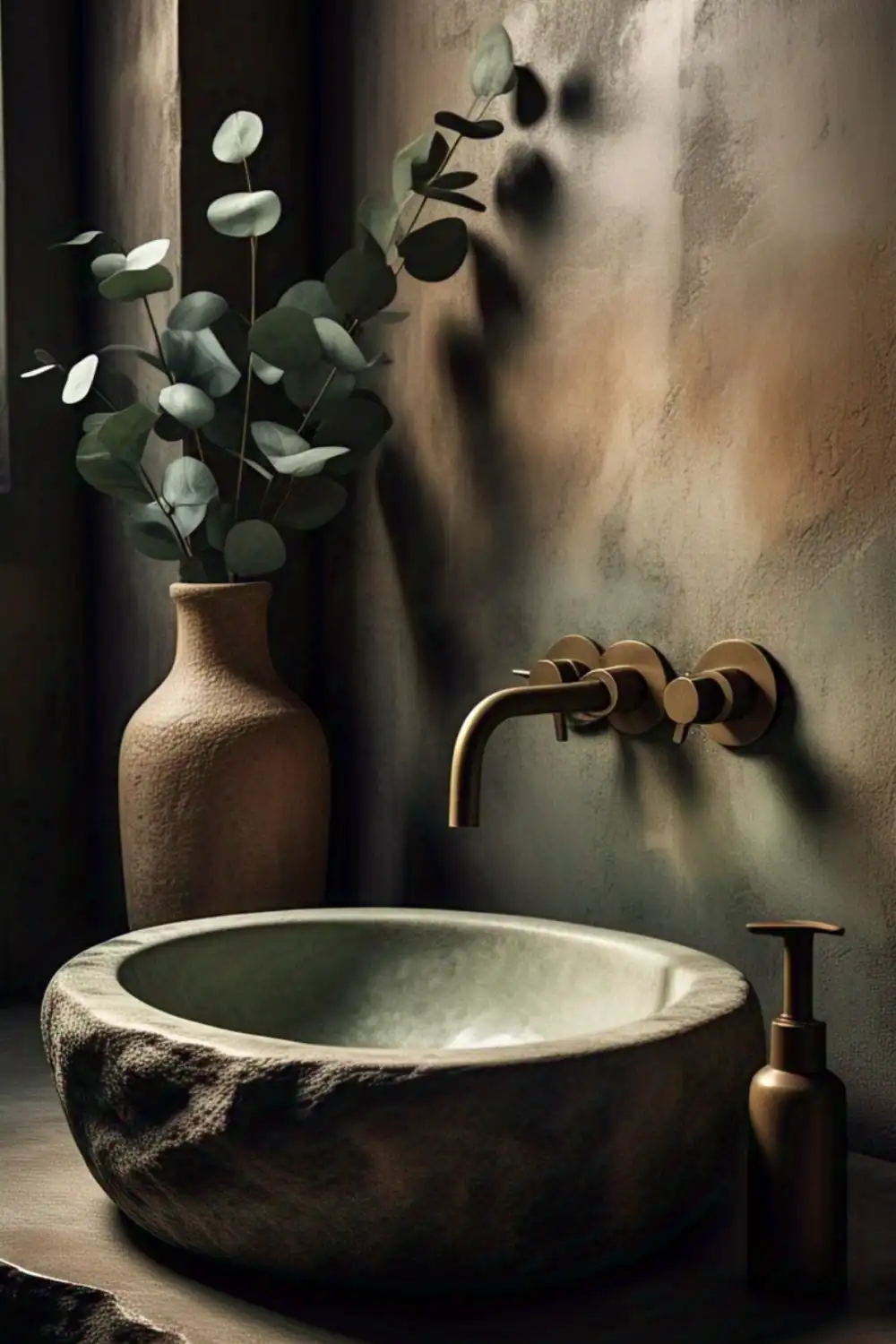
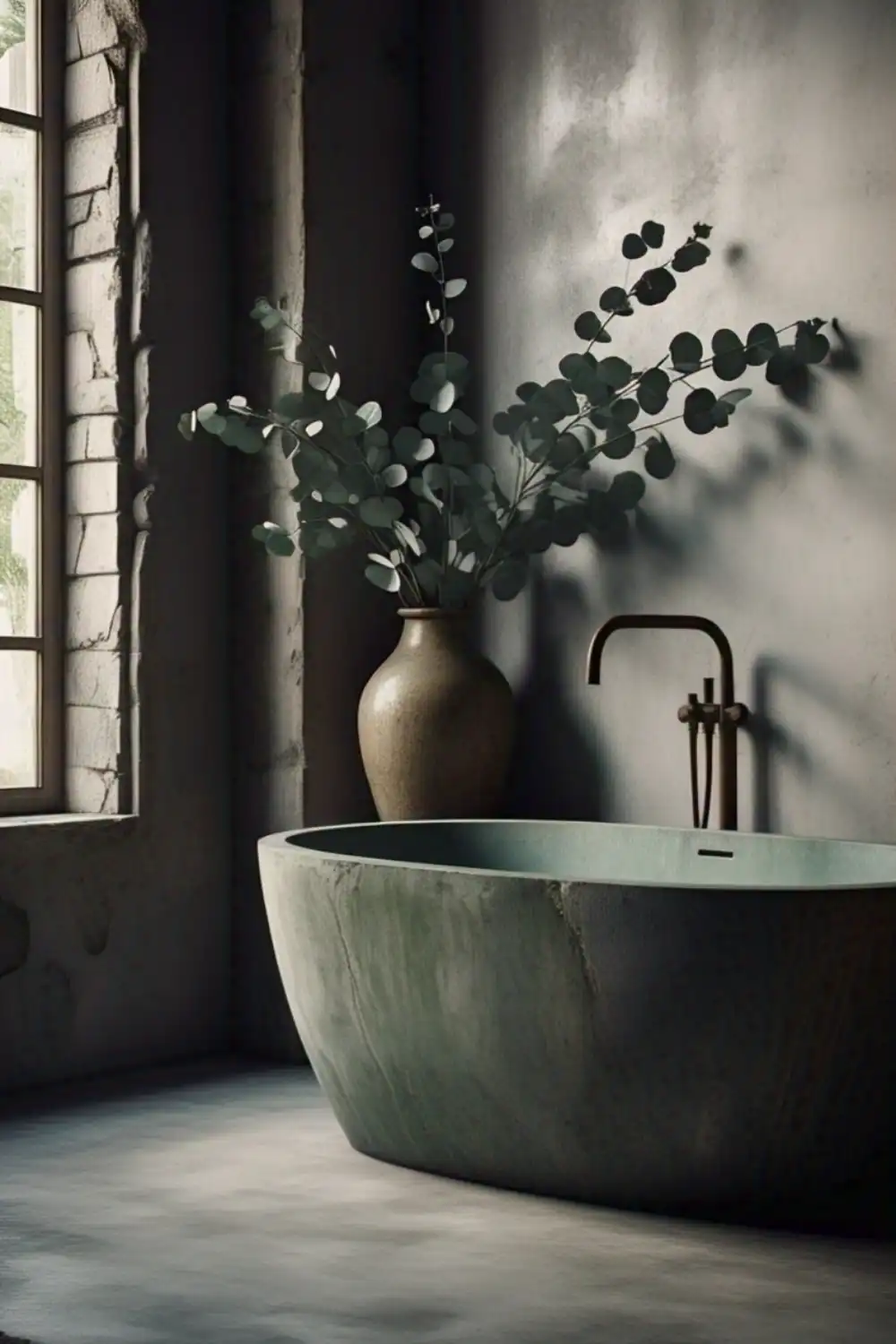
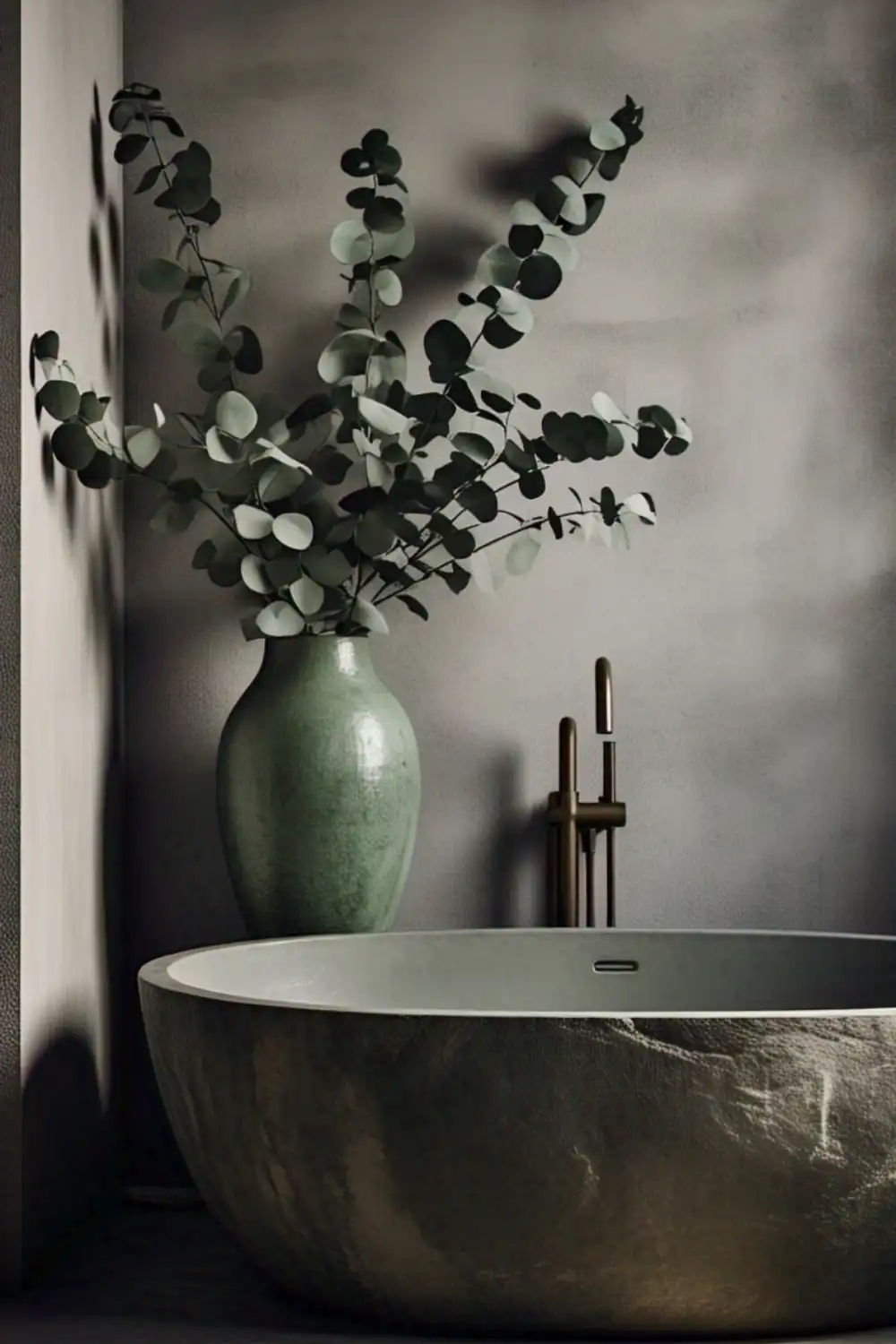

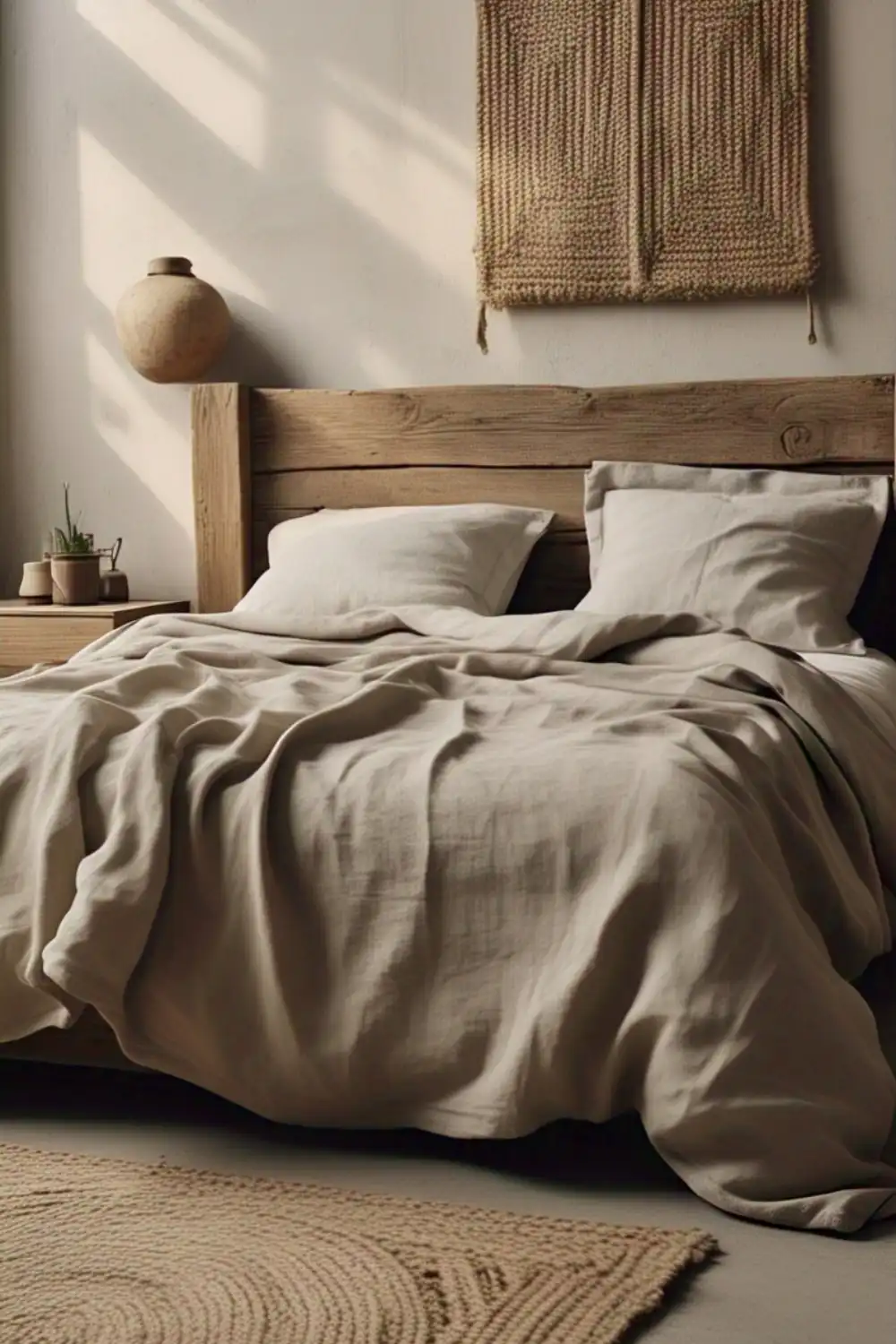
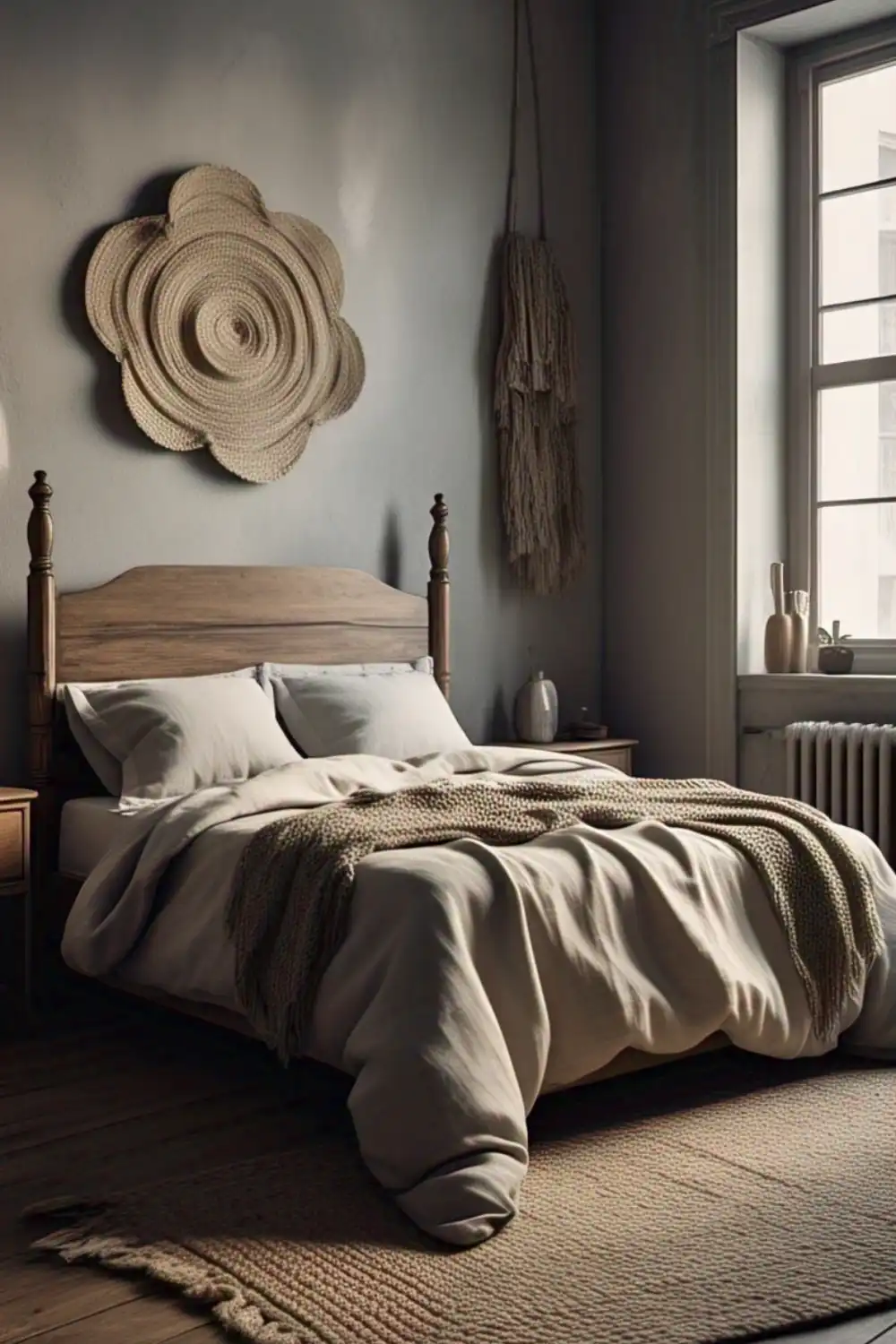

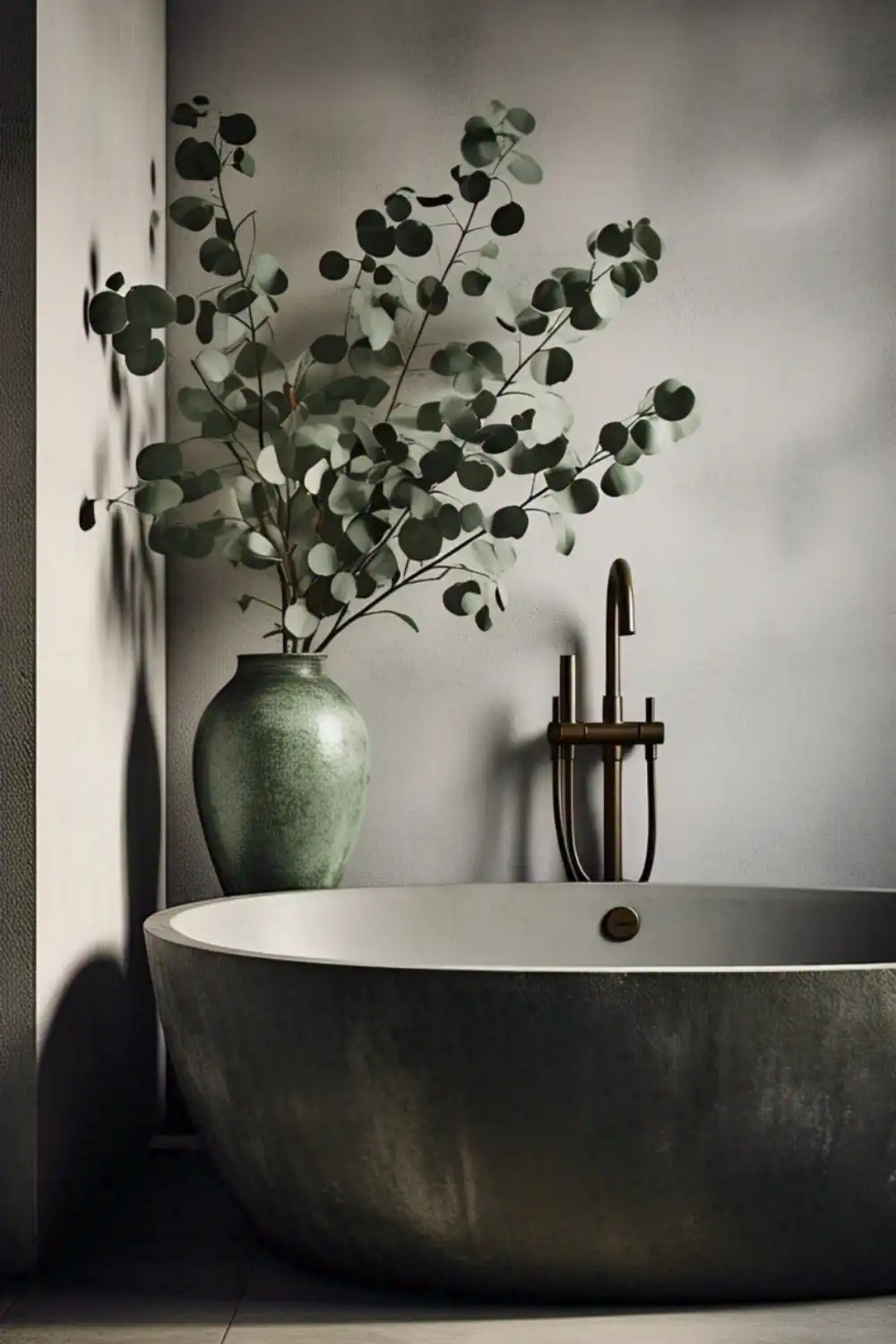
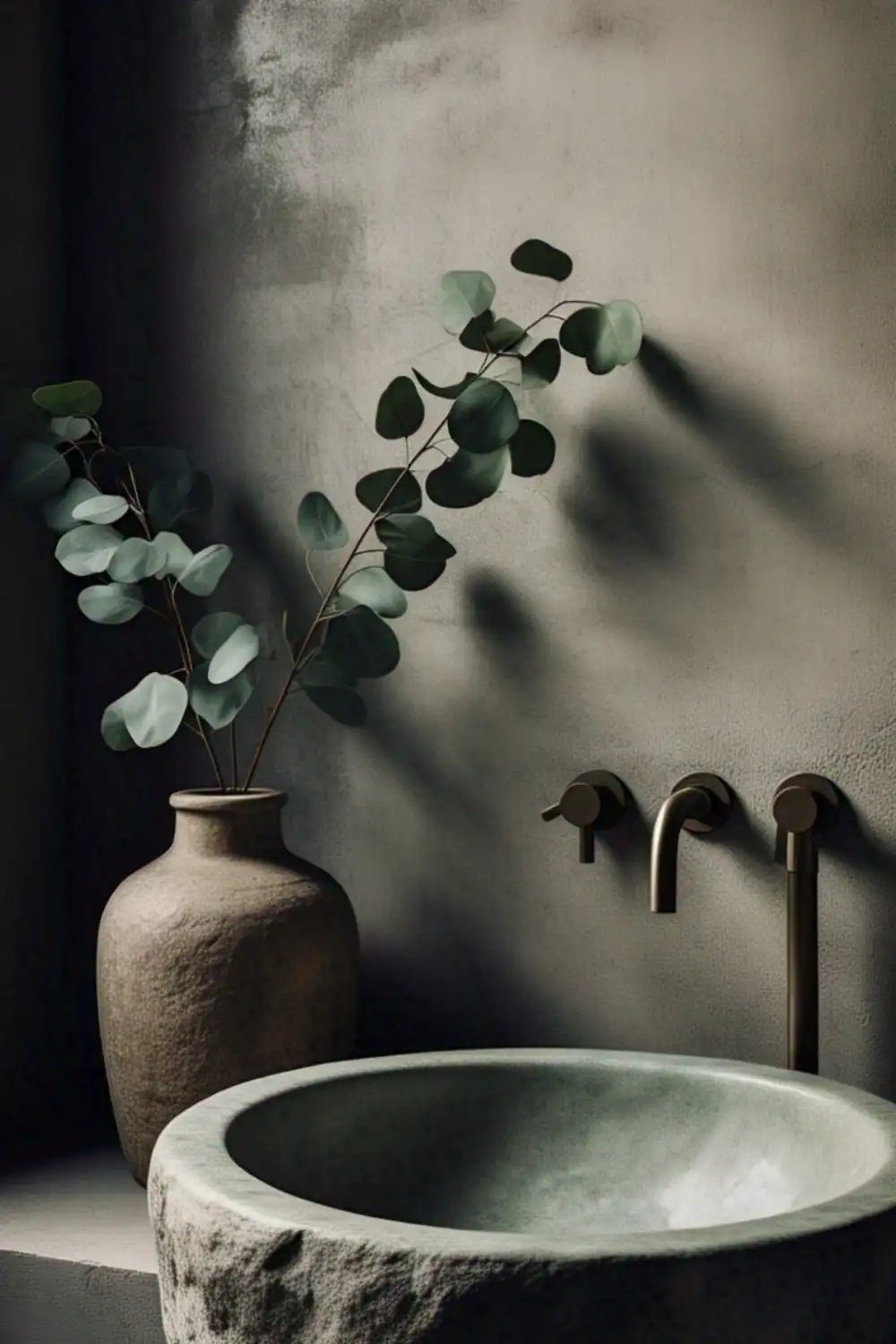
Understanding Wabi Sabi
Wabi-Sabi is rooted in traditional Japanese aesthetics. It’s not a “style” in the conventional sense — it’s a way of seeing. At its core, Wabi-Sabi embraces the impermanent, the imperfect, and the incomplete.
“Wabi” reflects a quiet, rustic simplicity, while “Sabi” conveys the beauty of age and patina. Together, they offer a poetic lens on life and home: one where cracks tell stories, and silence is golden.
This philosophy isn’t just about how things look — it’s about how they feel. A chipped bowl, a weathered wood beam, the way sunlight falls through linen curtains — Wabi-Sabi teaches us to find soul in these moments.
Celebrating Imperfection
We live in a world obsessed with flawlessness. But Wabi-Sabi invites us to see imperfection as beauty. Imagine a ceramic mug with an uneven lip or a table marked by time — instead of discarding them, Wabi-Sabi says: “These scars are signs of life.”
When decorating your home, look for:
- Handmade items with unique variations
- Vintage furniture showing signs of wear
- Decor that feels “lived in,” not showroom-perfect
These imperfect details invite warmth, authenticity, and depth. They whisper: “I’ve been through things, and I’m still here.”
Choosing Natural Materials
Wabi-Sabi homes are grounded in nature. Think about materials that age gracefully, develop patina, and connect you to the earth. These materials are honest, humble, and tactile.
Here are a few Wabi-Sabi favorites:
- Wood — unfinished, reclaimed, or knotted
- Stone — raw textures, unpolished finishes
- Clay and ceramic — often handmade, subtly imperfect
- Linen and cotton — breathable, wrinkled, and soft
Using these materials brings the outside in, creating a home that feels alive, grounded, and rooted in the natural world.
Embracing Minimalism
While Wabi-Sabi shares DNA with minimalism, they are not identical twins.
- Minimalism tends to strive for sleekness and order.
- Wabi-Sabi adds soul and texture to that quietness.
Wabi-Sabi minimalism isn’t sterile — it’s selective. You keep what matters and let go of excess. But what stays? It tells a story.
Here’s how to apply minimalist principles, Wabi-Sabi style:
- Declutter mindfully — not to impress, but to breathe
- Keep what brings peace or meaning
- Leave open space for the room (and your thoughts) to rest
Think of it this way: minimalism is about space; Wabi-Sabi is about sacred space.
Incorporating Handmade Items
Machine-made decor often lacks the imperfections that make Wabi-Sabi so soulful. Instead, choose handmade pieces — objects created with intention, skill, and human touch.
Look for:
- Ceramic bowls with uneven glazing
- Hand-thrown pottery with slight variations
- Woven baskets or tapestries made by artisans
- Homemade candles, driftwood sculptures, or hand-sewn cushions
These pieces don’t just fill space — they hold presence. When you place them in your home, you’re not just decorating — you’re honoring the human hand.
Highlighting Aged Beauty
In a culture that idolizes the new, Wabi-Sabi reveres the old. Scratches, rust, fading — these are signs of time, and they’re welcomed with open arms.
Your grandmother’s stool. An antique mirror with a foggy patch. A rug that’s been walked on for generations.
Age adds poetry.
You can highlight this beauty in your home by:
- Keeping vintage furniture with visible wear
- Letting metal oxidize or wood develop a patina
- Celebrating cracked glaze or frayed edges
Aged objects aren’t worn out — they’re weathered with wisdom.
Using Neutral Colors
The Wabi-Sabi palette is gentle. It doesn’t shout — it soothes.
Use colors inspired by nature:
- Soft greys (like fog or river stones)
- Warm taupes and browns (like soil and bark)
- Dusty greens and faded ochres
- Muted whites and creams
These hues calm the eye and center the soul. They don’t demand attention, which allows the textures, shapes, and imperfections in your decor to stand out with subtlety.
Pro tip: stick to a monochrome or tone-on-tone scheme. Layer textures, not colors, for depth without distraction.
Creating a Tranquil Space
What does a peaceful space feel like? It’s quiet — not silent, but comfortably still. It invites pause, presence, and reflection.
To create this sense of calm in your home:
- Use soft lighting — lanterns, paper shades, or warm-toned bulbs
- Let in natural light — embrace shadows and filtered sun
- Arrange furniture for flow, not just function
- Incorporate organic forms — asymmetry over precision
Add touches like:
- A reading corner with a tatami mat or linen throw
- A low wood table with one handmade bowl
- A single stem in a glass jar on your windowsill
These gestures turn your home into a sanctuary, not a showroom.
Wabi-Sabi is More Than a Look — It’s a Life Shift
You may begin by adjusting your decor, but over time, you’ll notice something deeper shifting. You’ll stop chasing flawless. You’ll start noticing sunlight on the floor, or the way your old table creaks. You’ll exhale more often.
Wabi-Sabi home decor teaches us to:
- Choose meaning over materialism
- See beauty in what’s fading
- Find presence in the imperfect now
It’s not about giving up on beauty — it’s about finding a new kind of beauty. One that touches the soul, quietly.
So the next time you think your space is too small, too old, or too “incomplete,” pause and ask:
What if it’s already enough — just as it is?
